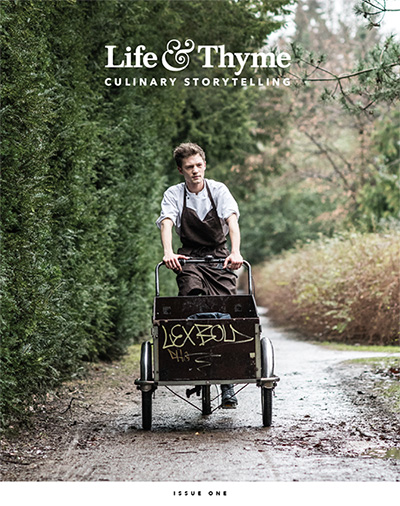 Editor’s note: This story was originally published in Issue One of Life & Thyme. To read the full feature in its entirety, purchase Issue One from our online shop or from one of our stockists.
Editor’s note: This story was originally published in Issue One of Life & Thyme. To read the full feature in its entirety, purchase Issue One from our online shop or from one of our stockists.
Lena and I sit in the best seats at Ad Hoc’s bar, along the curve, drinking black coffee from a slender wisp of a stainless steel French press. It’s nine o’clock in the morning in Yountville, CA, and outside is what passes for winter in the Napa Valley—cool and sunny with temperatures hovering just below sixty degrees Fahrenheit. Inside, the front of the house is quiet and calm the way only a restaurant famous for its fried chicken and family-style dinners can be on a Monday morning.
Lena is Lena Kwak, a former chef at The French Laundry (Ad Hoc’s older, more sophisticated sibling), who’s been honored on both Forbes and Zagat’s “30 Under 30” lists, and, last year, was named one of Fortune and Food & Wine’s “25 Most Innovative Women in Food & Drink.” With her tailored leather jacket, and long black hair that catches the sunlight like ripe blackberries, she looks every bit the chic innovator she is.
This is the powerhouse who once created a gluten-free version of Thomas Keller’s legendary Salmon Cornet so good it brought a French Laundry guest to tears. And who then went on to partner with Chef Keller, co-founding the award-winning Cup4Cup, a gluten-free flour blend she formulated to replace wheat flour one to one in nearly any recipe.
Just how is it that a girl from Long Island with no sensitivity to gluten came to build a gluten-free baking empire alongside The French Laundry’s famed Chef Keller? That’s what I’m here to find out. I take another sip of strong coffee and start firing questions—only to rapidly discover that Lena is just as eager to fire answers right back.
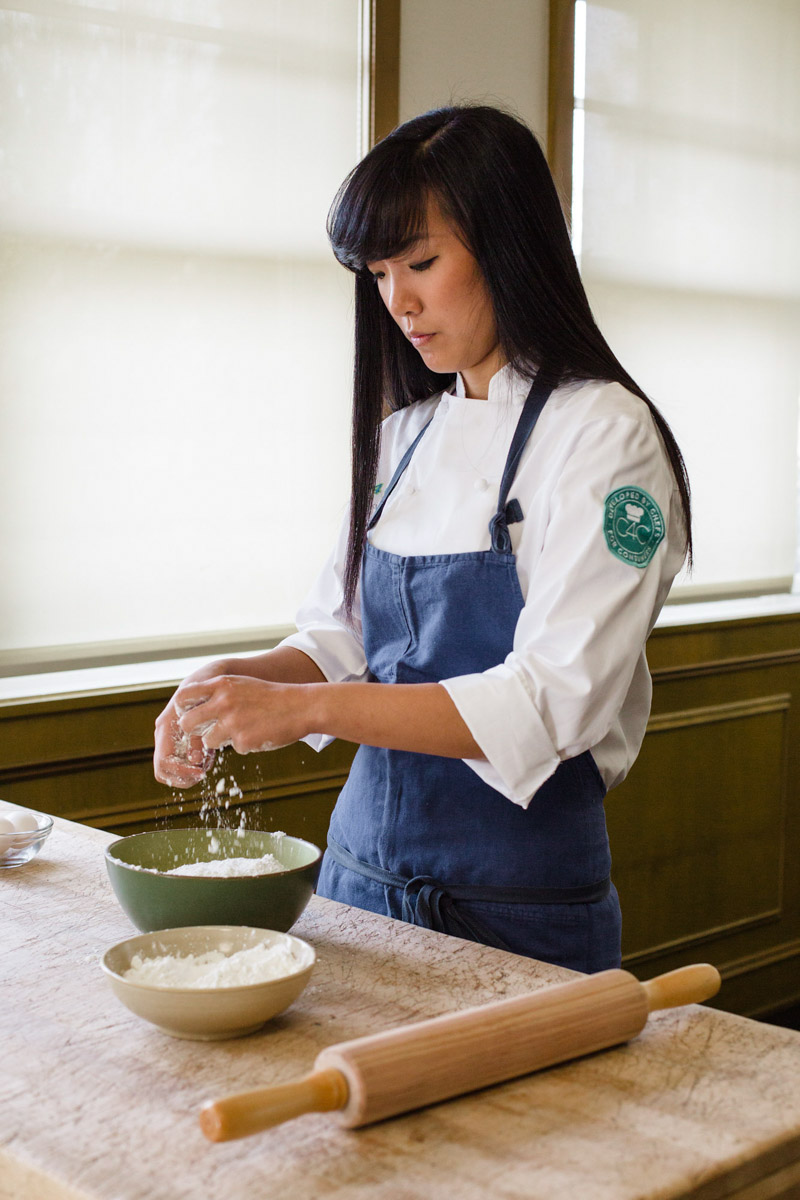 |
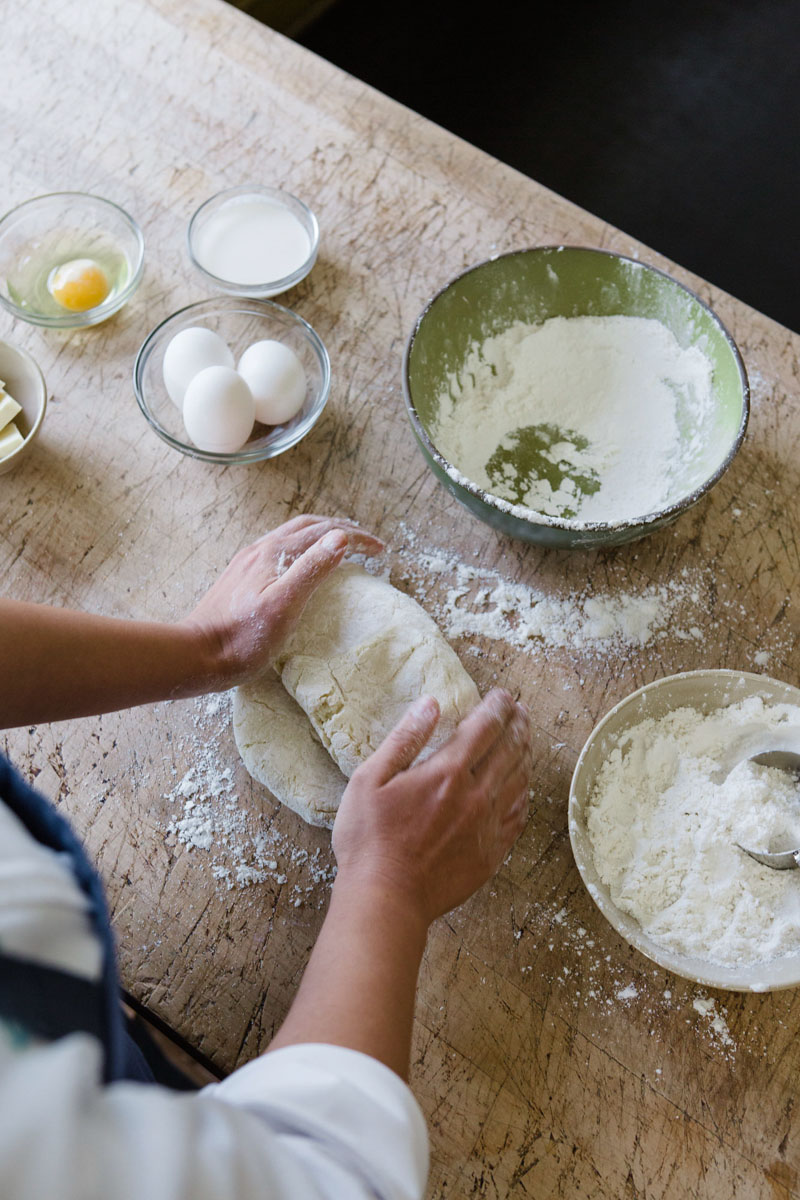 |
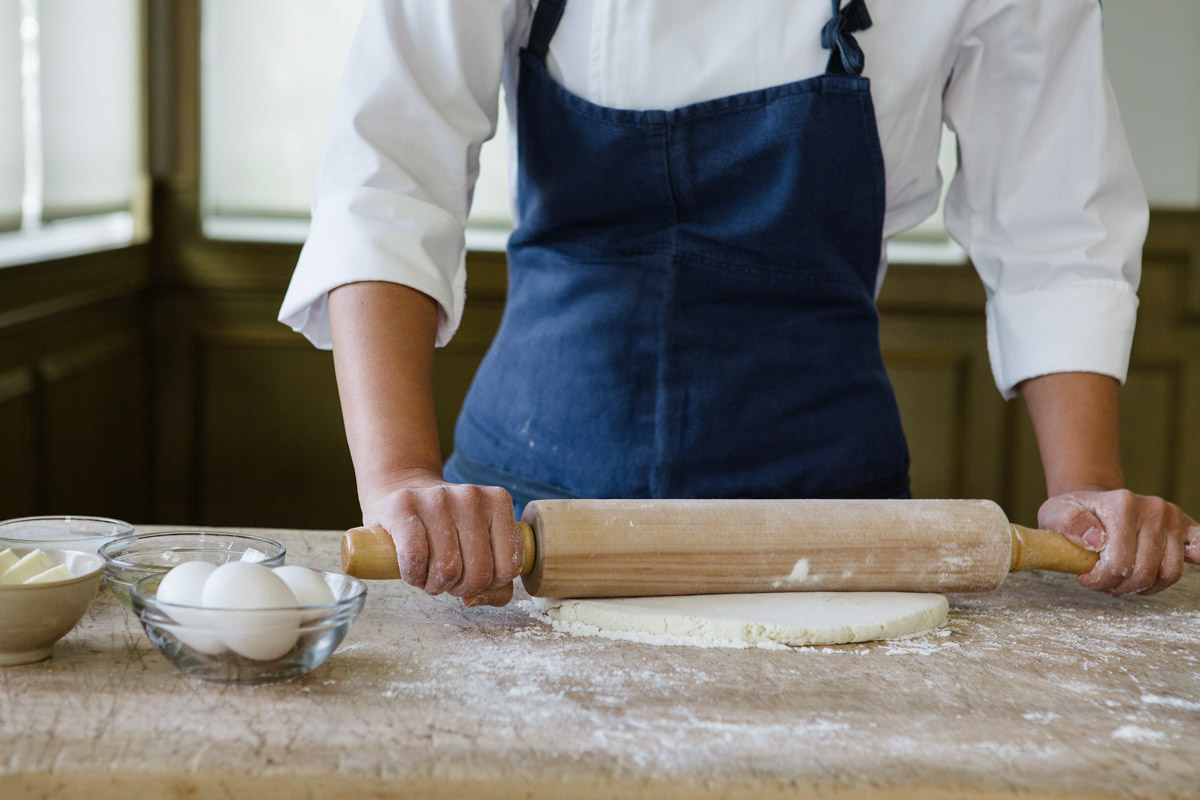 |
|
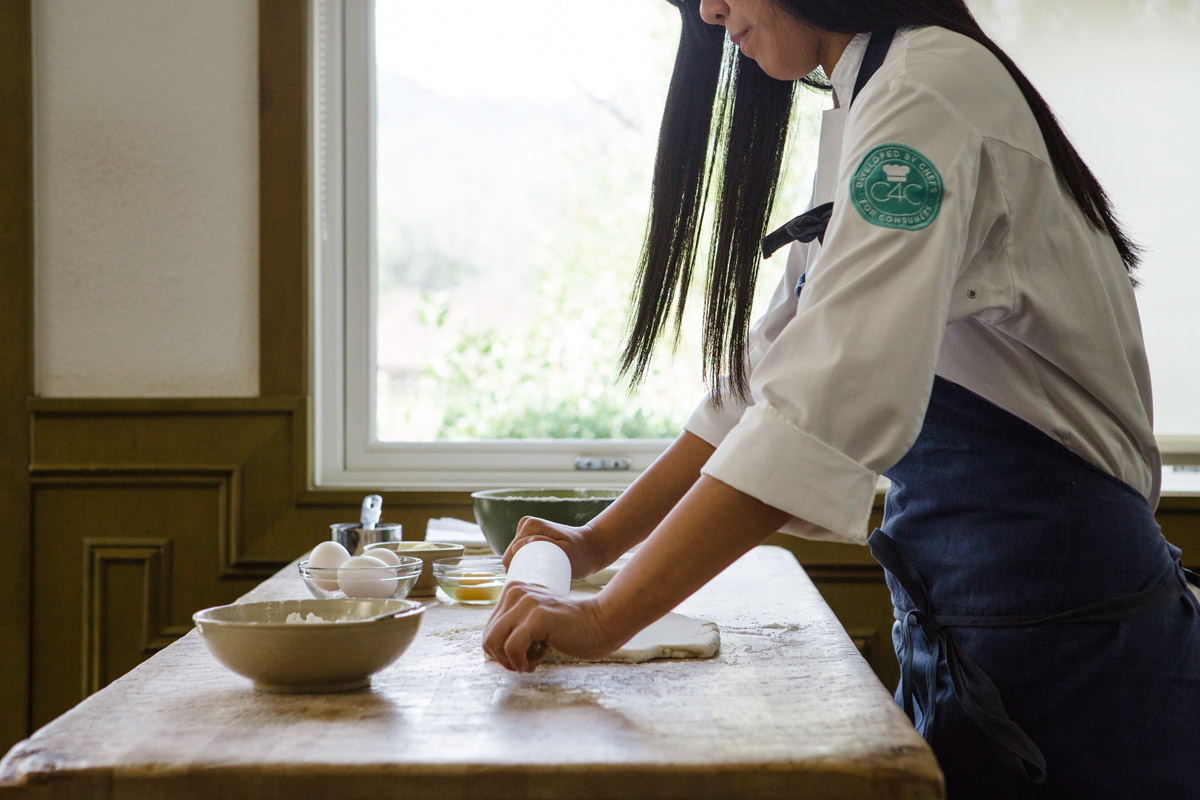 |
|
As Research Development Chef, what did a typical day look like?
There were people coming in [to eat at the restaurant] who had diabetes or dietary restrictions as vegans, so it was seeing what kind of menu options we were able to give them without having to sacrifice their experience. And then there were times where a chef would say, “I have this great idea, and I have a hypothesis of why this method will work. I need you to test it out and see if there are other variables we need to consider.” Something like seawater sorbet: how are you able to not use sugar to stabilize a sorbet base but still give it a smooth, sorbet consistency?
What interested you about developing gluten-free flour, especially since you don’t have gluten intolerance?
I enjoy looking at the in-betweens. The way I like to explain how I develop products is you think outside the box, but you don’t reinvent the wheel. That has a lot to do with what is going to be innovative but, at the same time, marketable to the public. Those are the two things that are really important to manage; you can have something so innovative, but it may never survive, because the market will not accept it. There’s a large portion of innovation where you have to educate the public—help people adjust and understand.
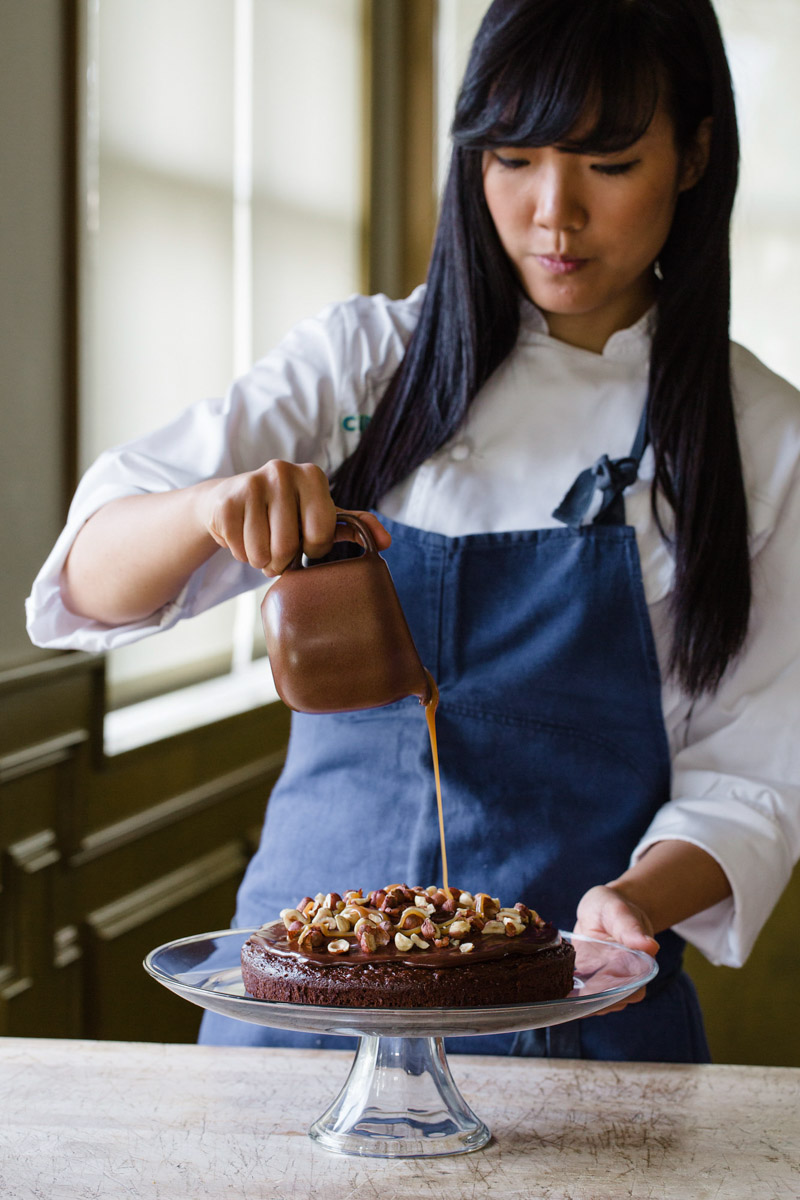 |
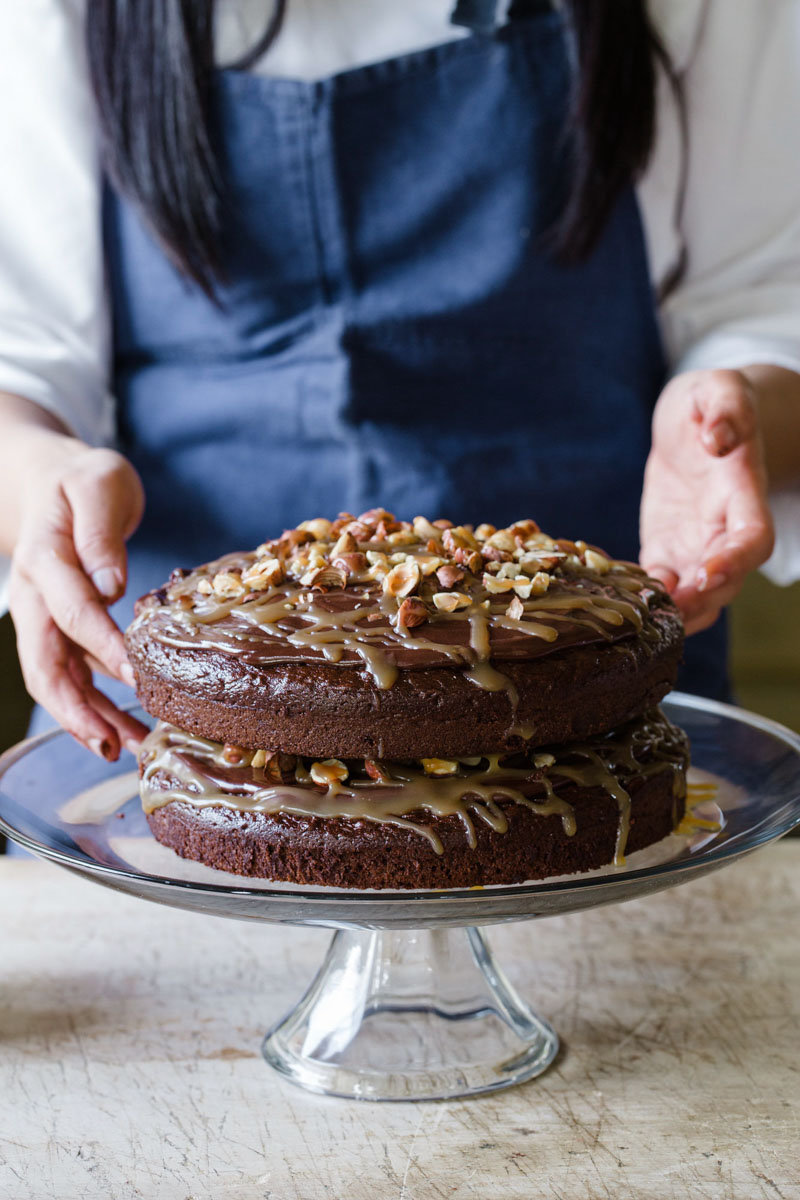 |
What sets Cup4Cup apart from other gluten-free flours on the market?
When we were developing it, we had a different standard. I hated the term, “this is good… for gluten-free.” My goal for the research and development of the product was to create something by texture, flavor and performance that really matched regular flour. That’s what you’re always trying to strive for—something that’s good enough to recreate all those memories; A mother emailed us about using Cup4Cup to bake and share her grandmother’s banana cake recipe with her daughter who has celiac for the first time. And how meaningful that was for them. Recreating those memories is really important.
I took the composition of regular wheat flour and all the different attributes that it has and then applied a unique set of ratios of ingredients that were really well thought out. But then, from that, it took about a year and a half to find the right formula. I was trying to narrow down the perfect ratio in combination with the eight ingredients I was using that would equal all the attributes that regular wheat flour has.
I was also trying to create something that had a neutral palette. A lot of the gluten-free flours out there use flavorful flours like sorghum or bean flour, garbanzo bean is a big one. But, again, I wanted someone to eat a cookie and not taste a difference.
Another mother emailed us about how her son took cupcakes for the first time to his class and everyone actually ate them. You may think that’s not such a monumental moment, but if you’re a child who always had to have their own cupcake, their own cookie, that no one else was willing to eat, like, “eh, no, I don’t want to share that with you,” that’s huge. Food is such a social experience, and you feel ostracized when you’re not able to share a dish.
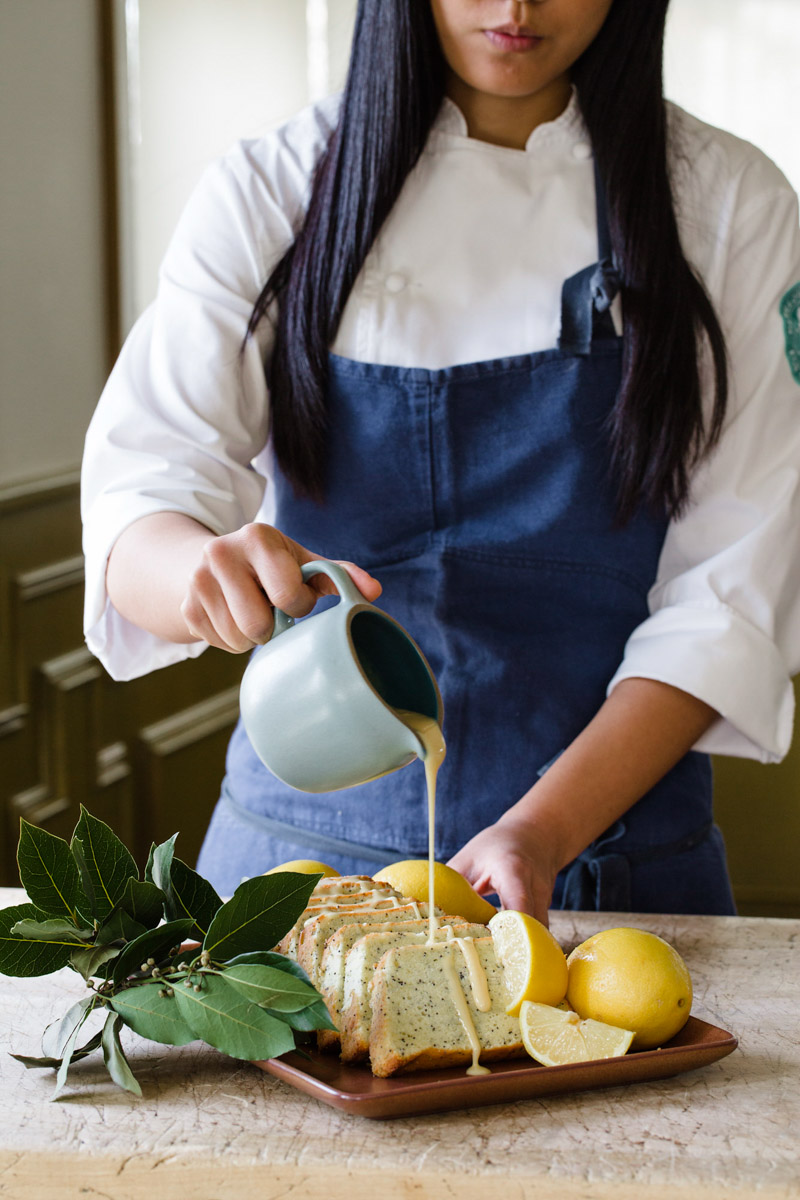 |
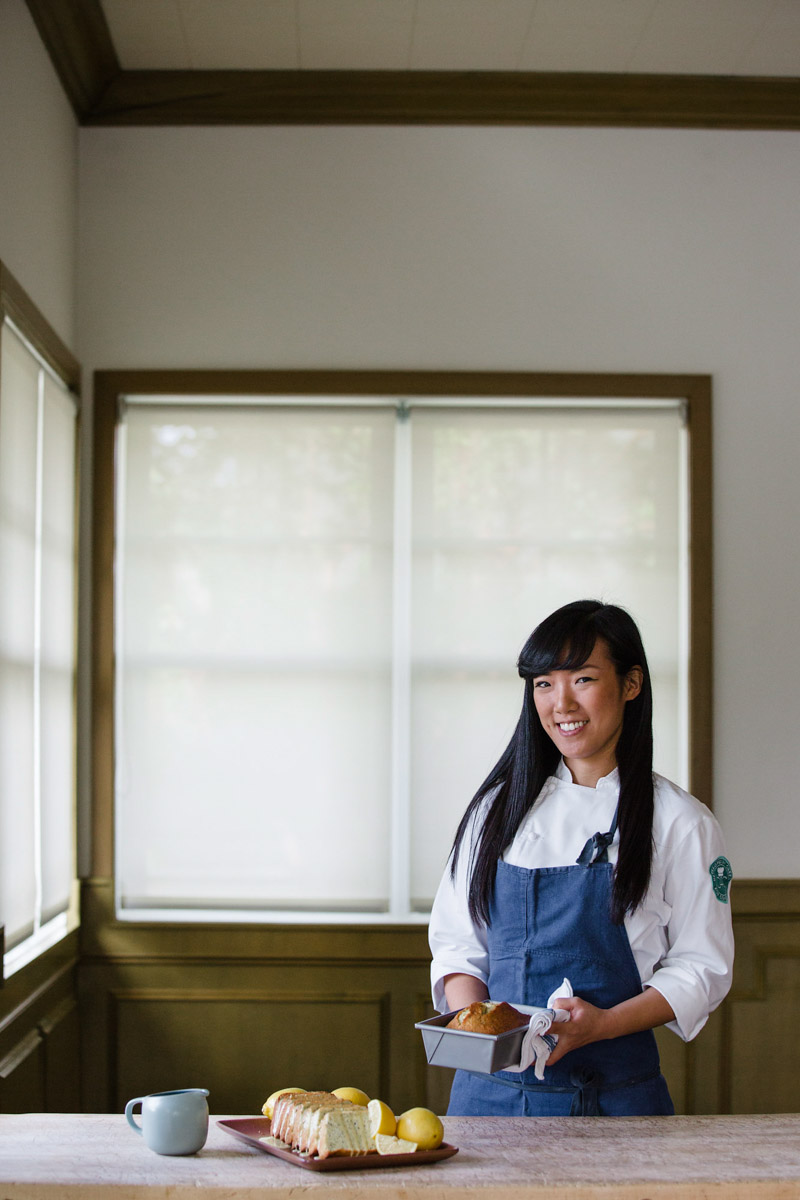 |
—
Want to read the full story? Find it in Issue One of Life & Thyme, available to purchase from our online shop or from one of our stockists.





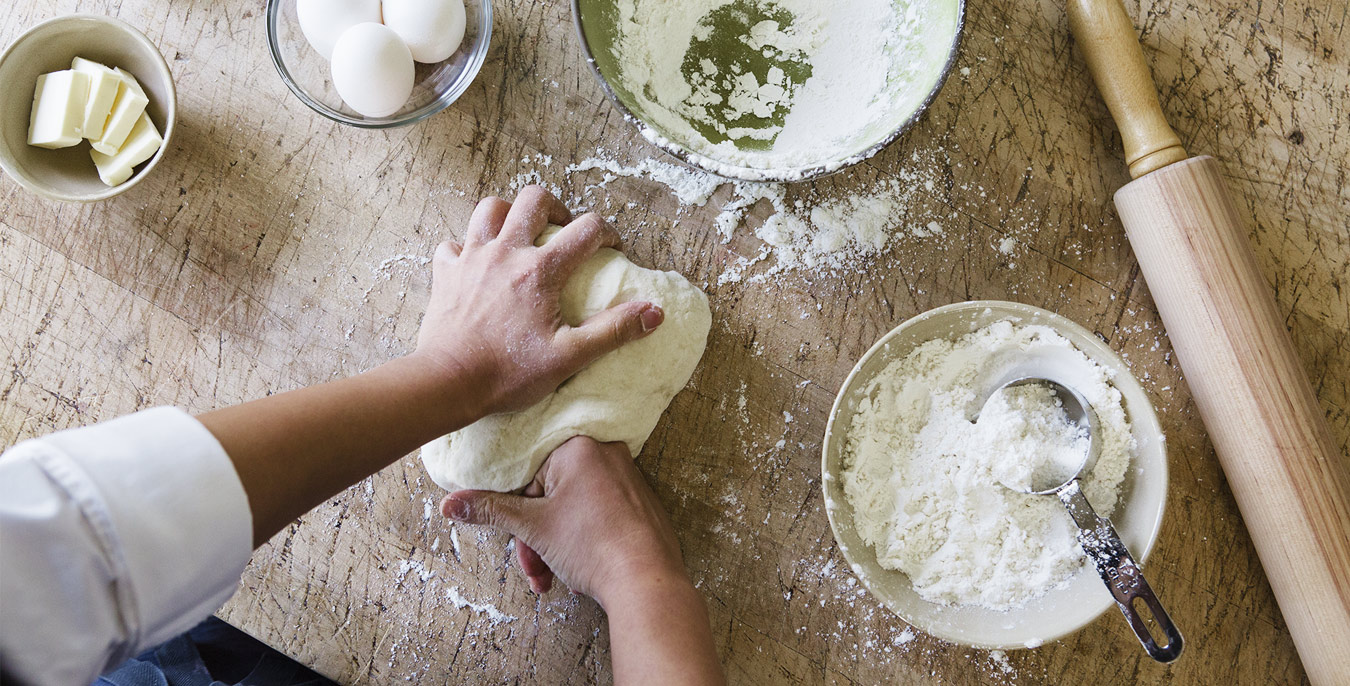

Our comments section is for members only.
Join today to gain exclusive access.